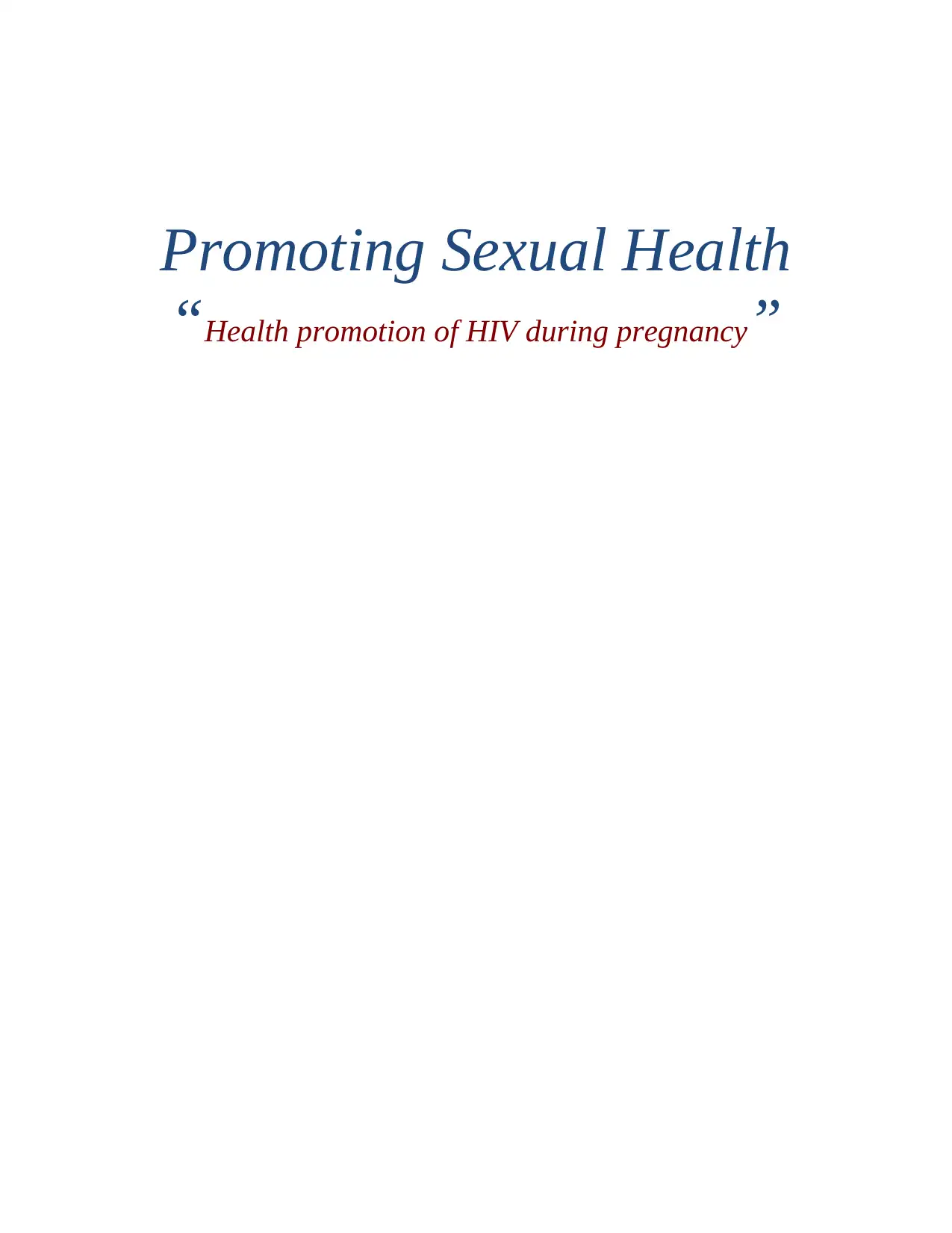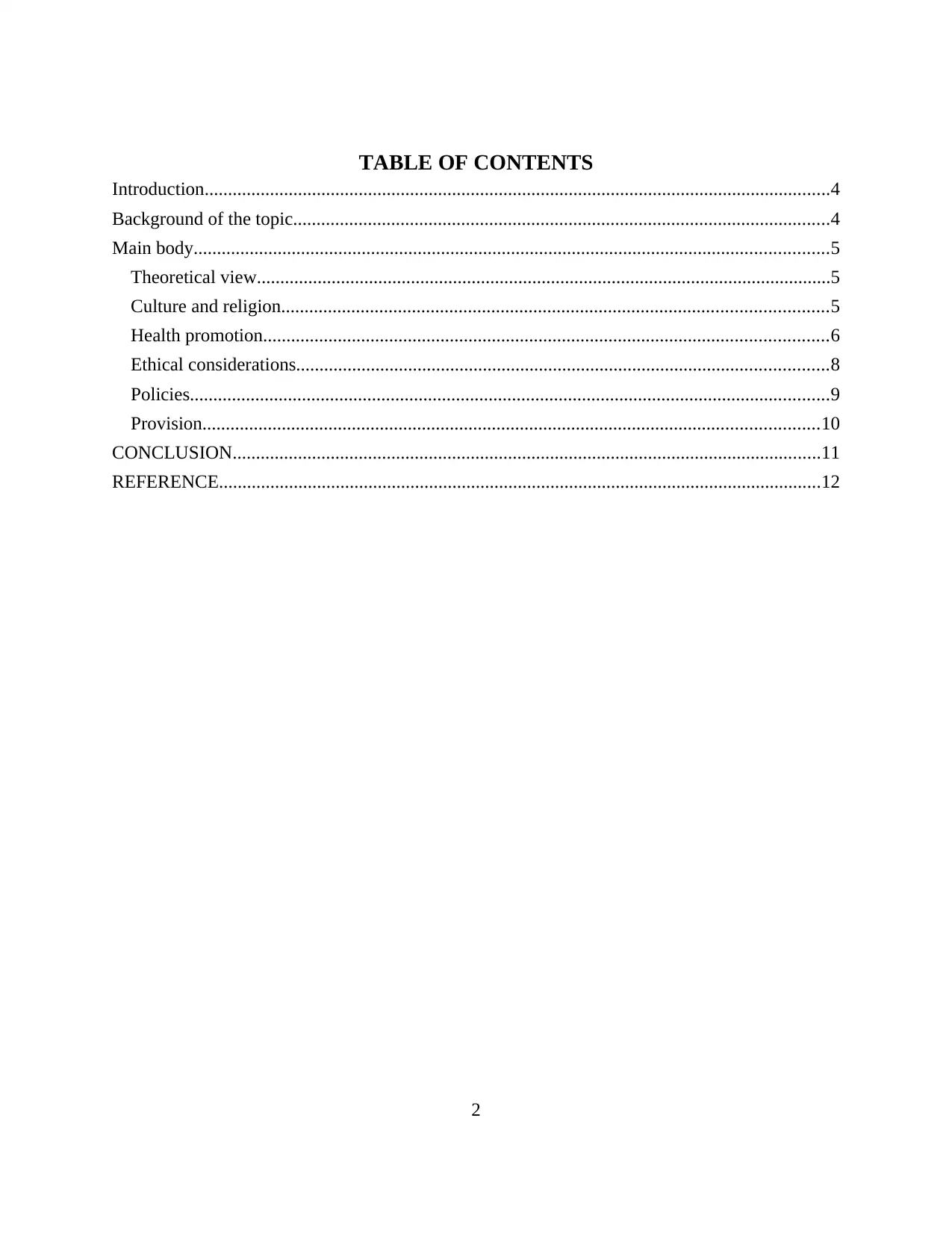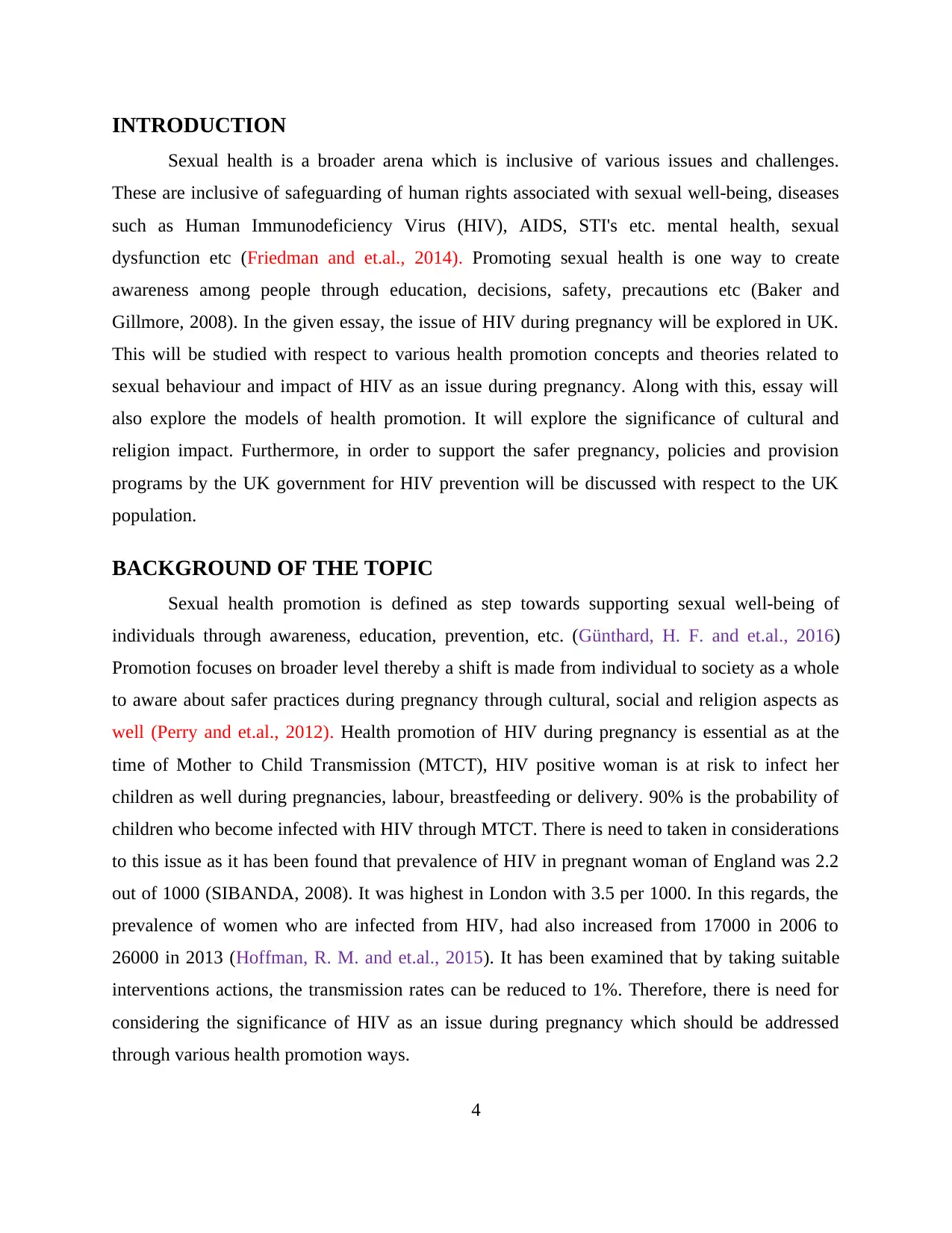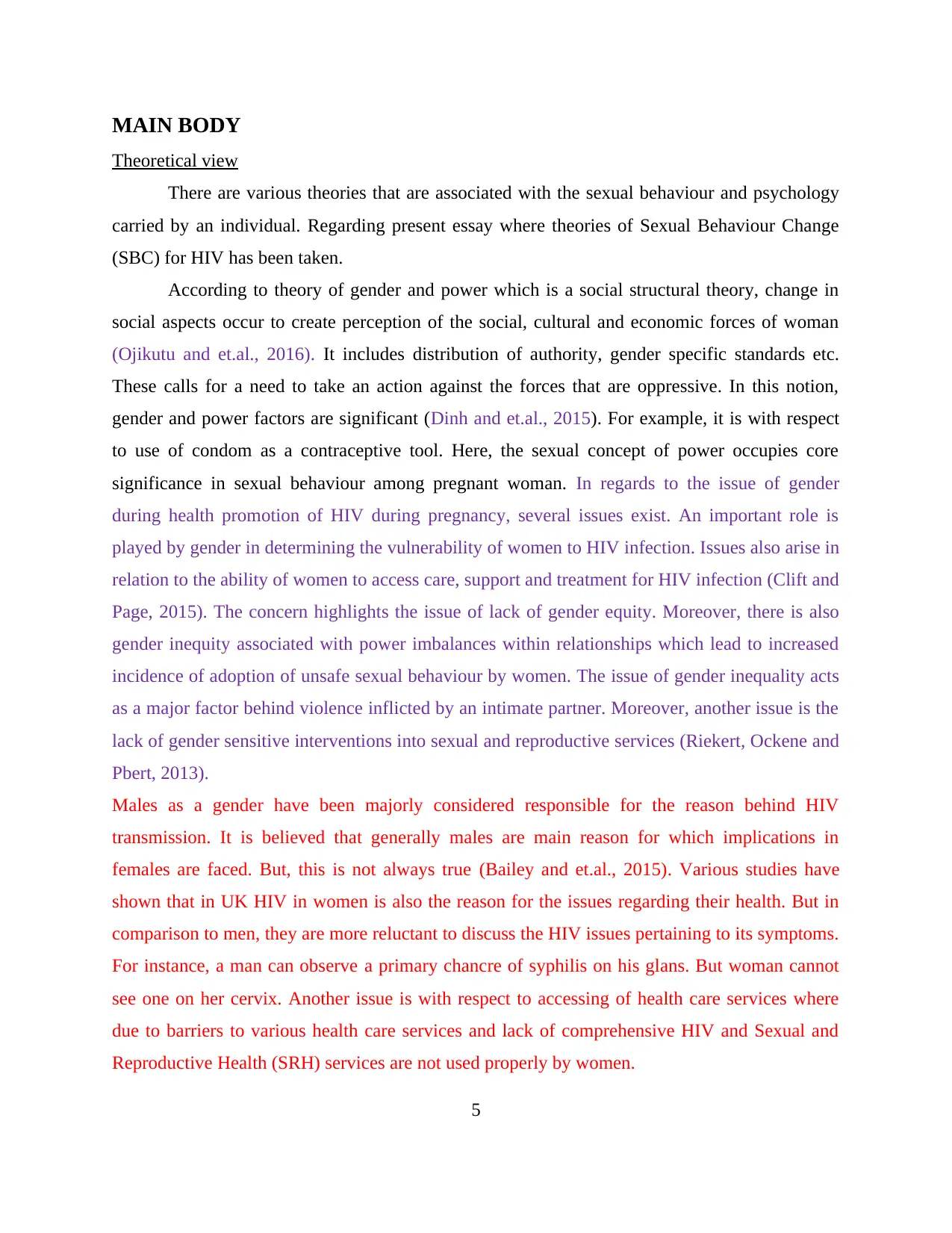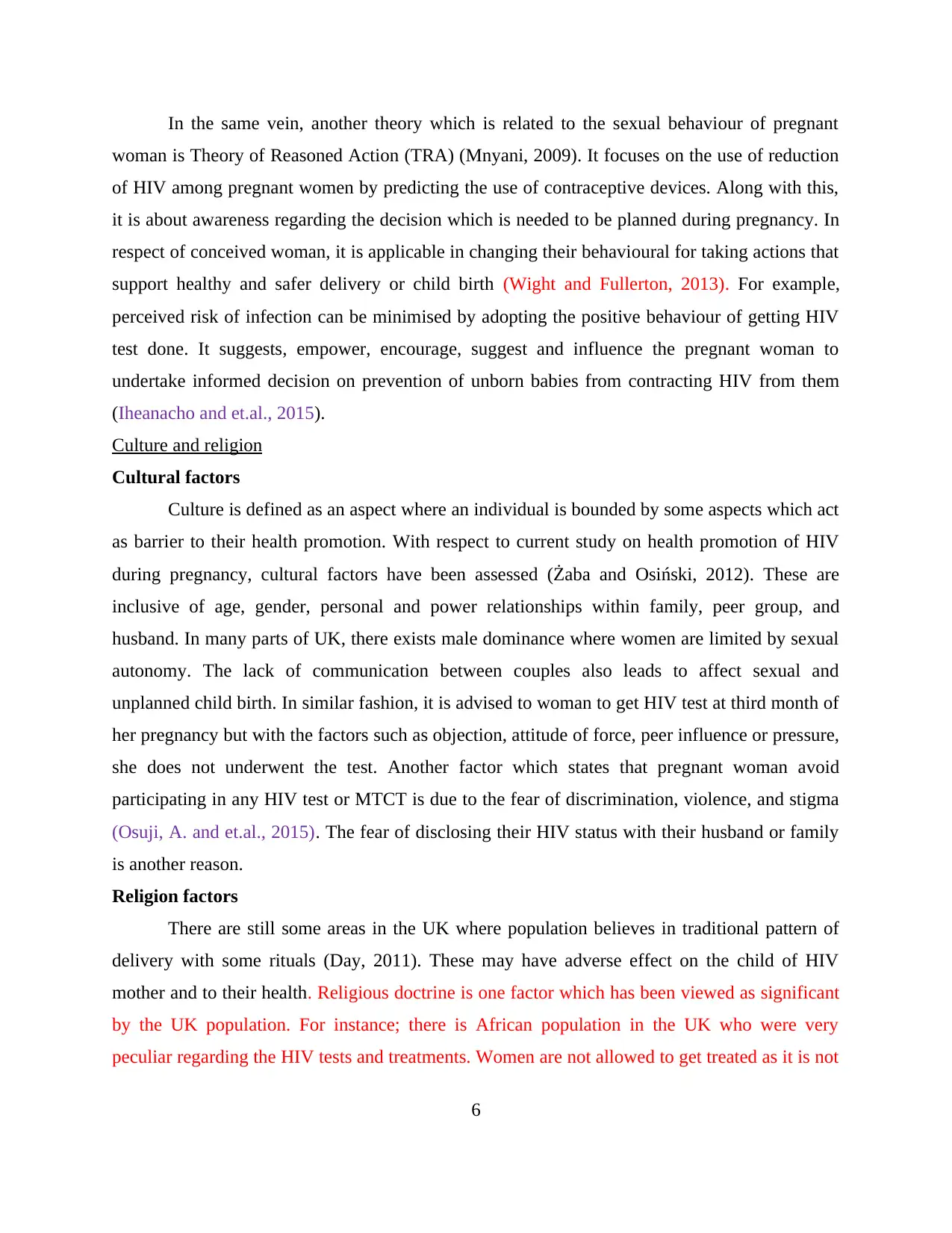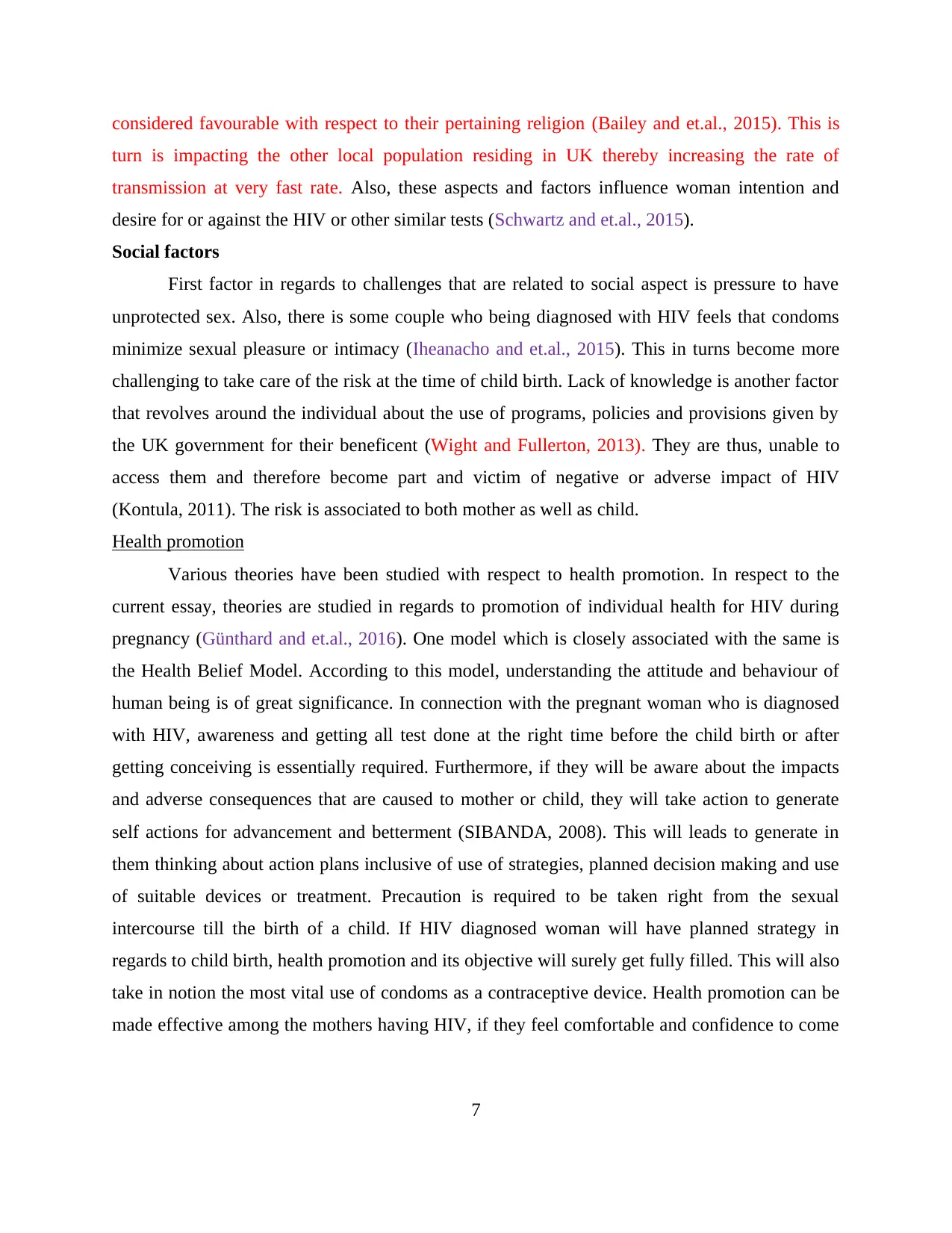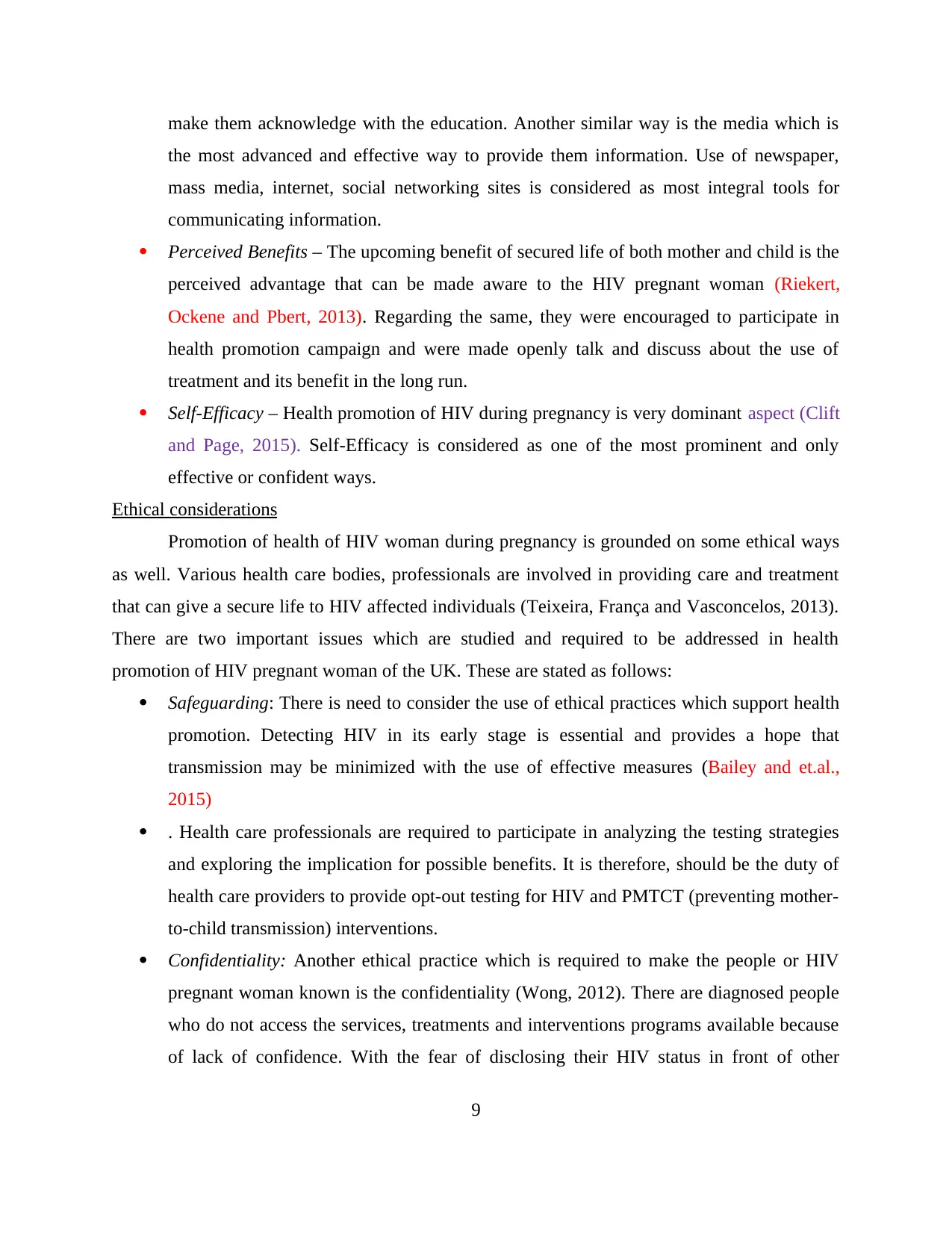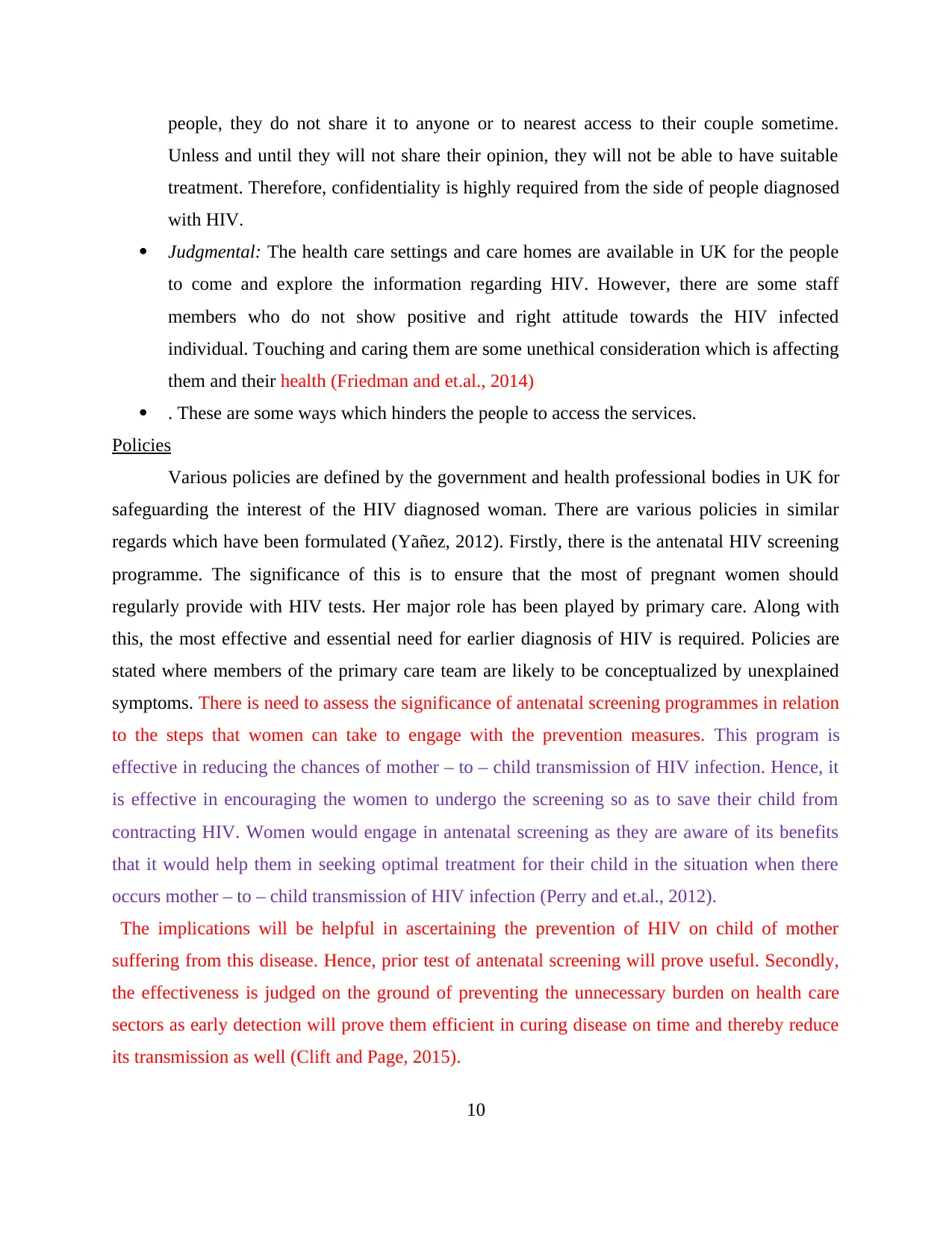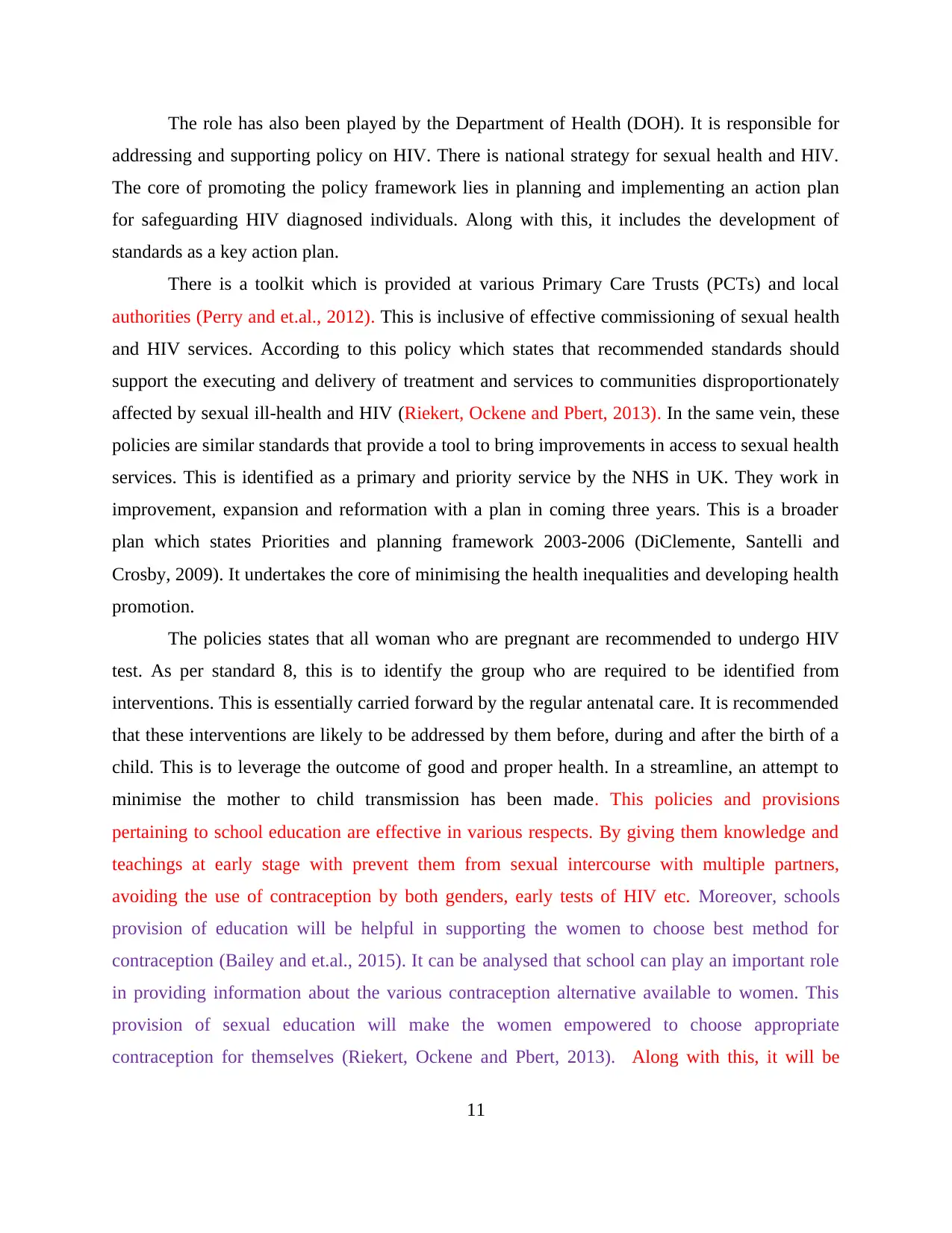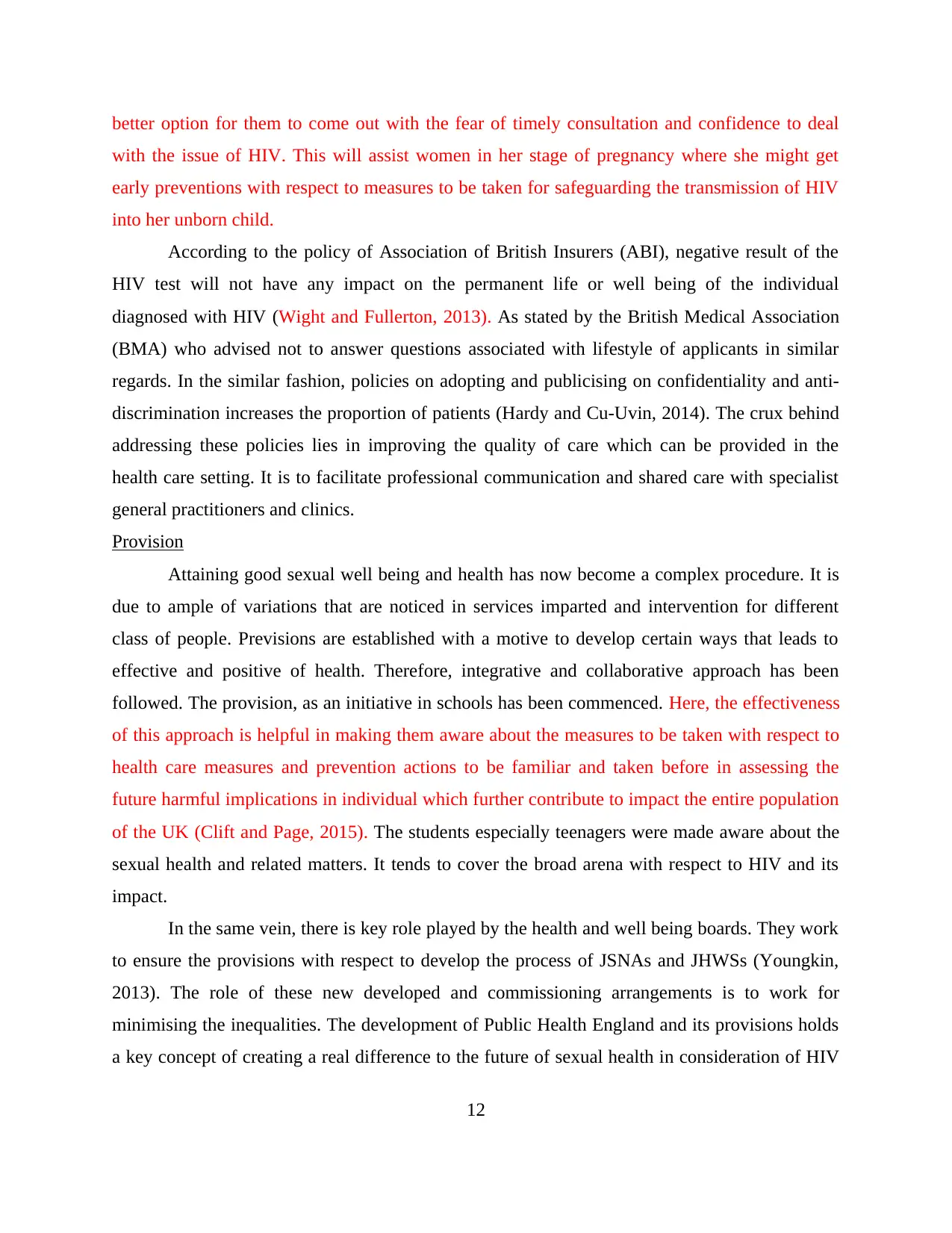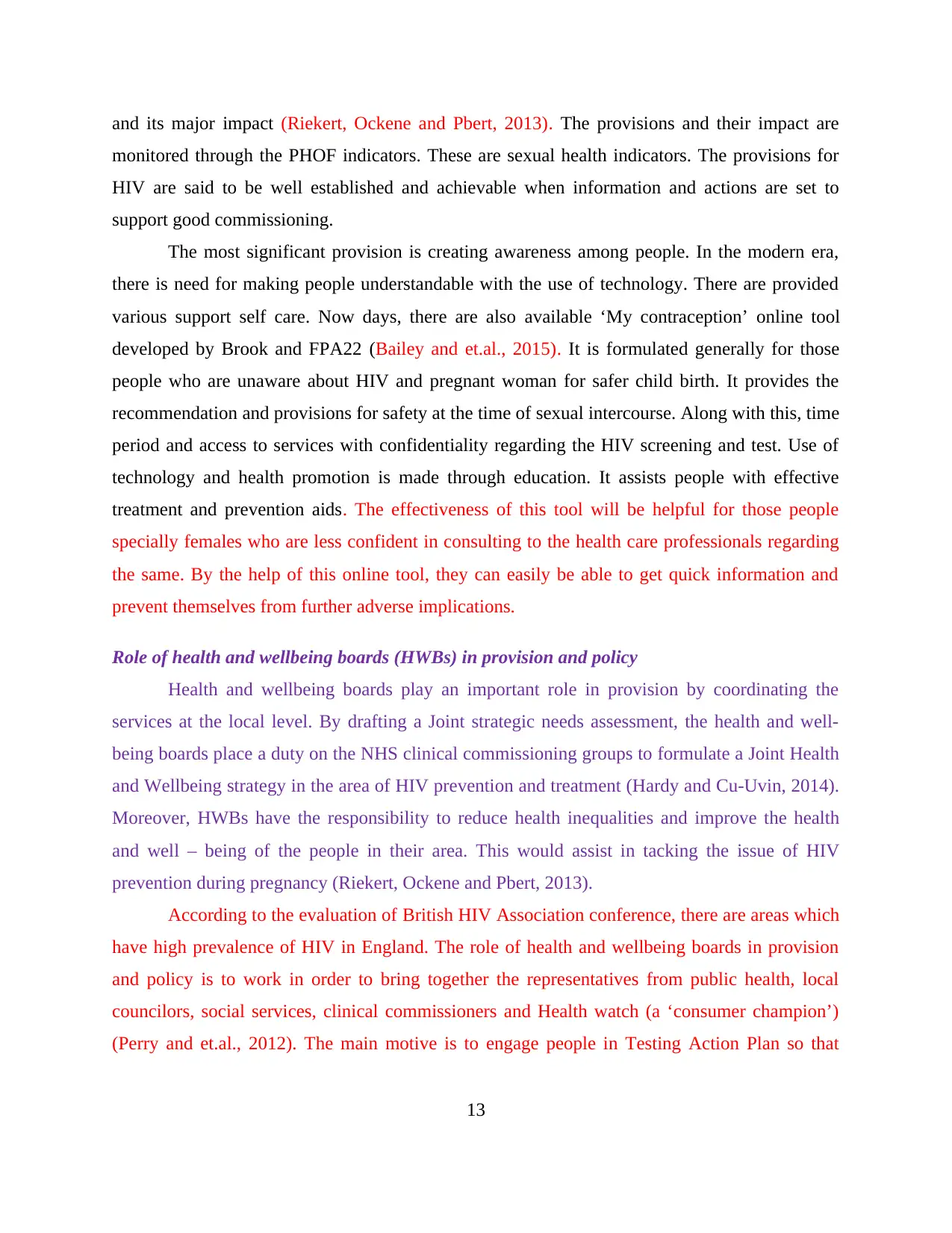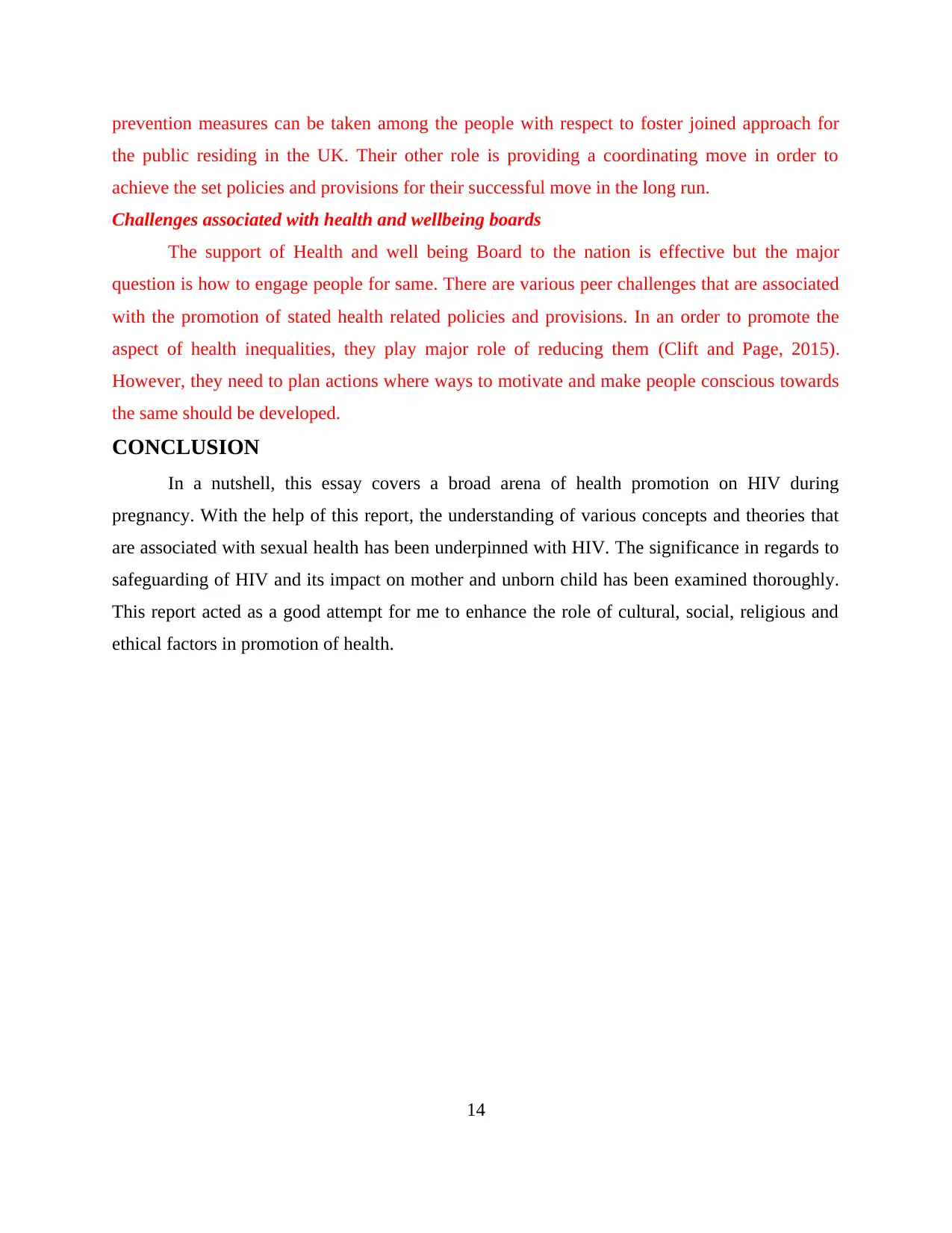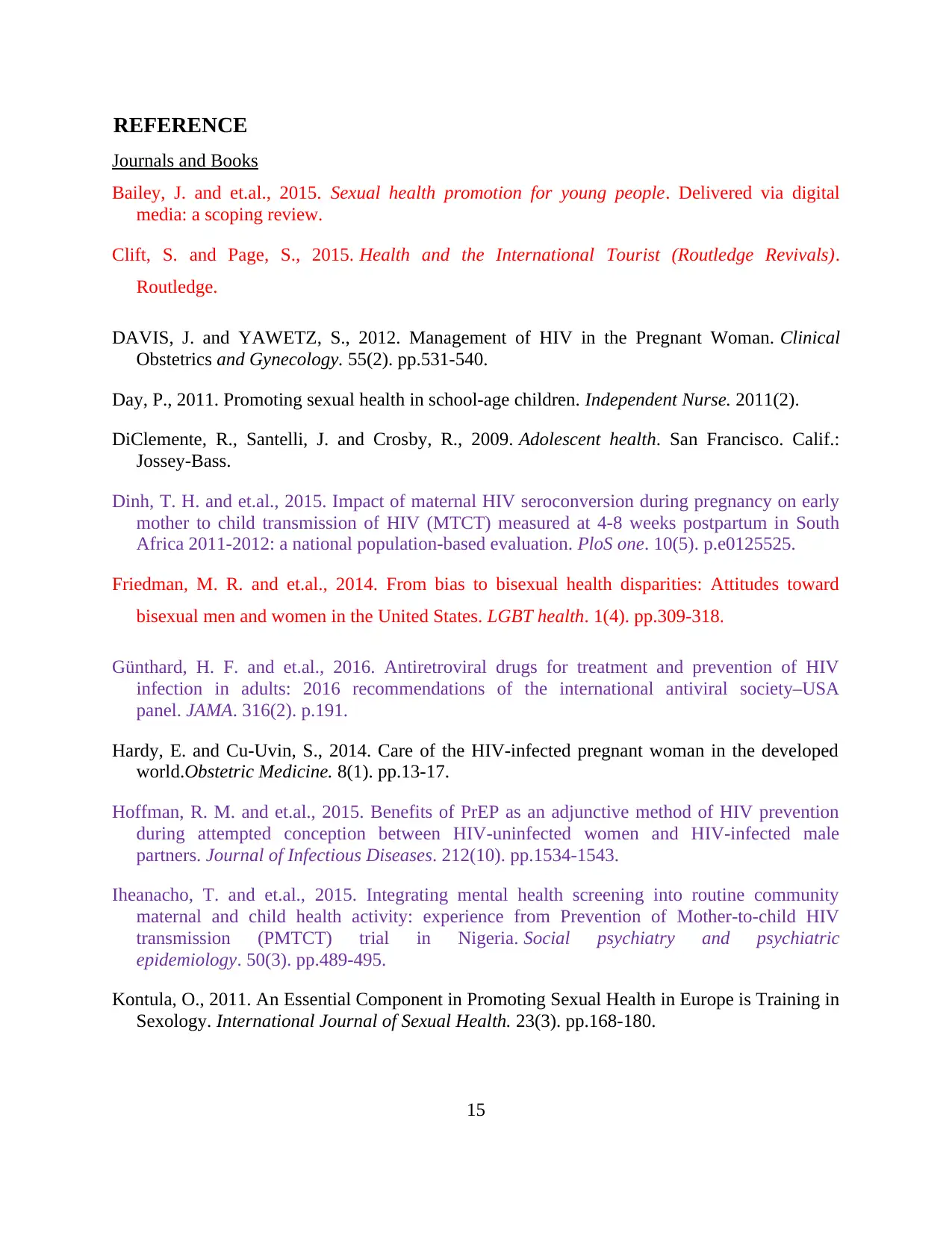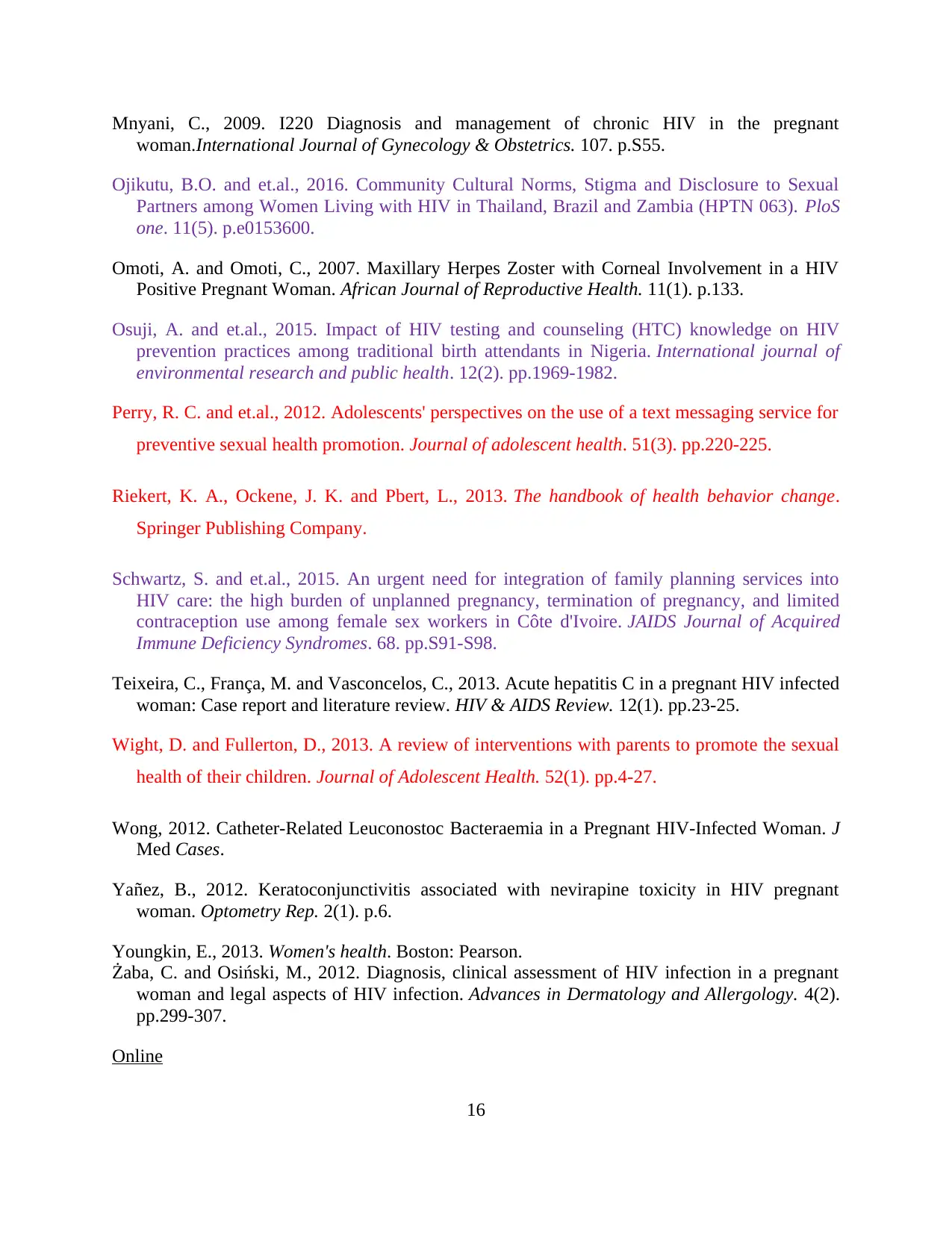The provided content appears to be a collection of research articles and studies on various aspects of sexual health, HIV/AIDS, and reproductive health. The papers cover topics such as diagnosis and management of chronic HIV in pregnant women, community cultural norms and stigma related to disclosure among women living with HIV, and the impact of HIV testing and counseling on HIV prevention practices. Additionally, there are studies on adolescent perspectives on text messaging services for sexual health promotion, integration of family planning services into HIV care, and acute hepatitis C in a pregnant woman infected with HIV. The content seems to be focused on understanding the complexities of sexual health and reproductive health, particularly in the context of HIV/AIDS.
![[object Object]](/_next/static/media/star-bottom.7253800d.svg)
![[object Object]](/_next/static/media/star-bottom.7253800d.svg)
